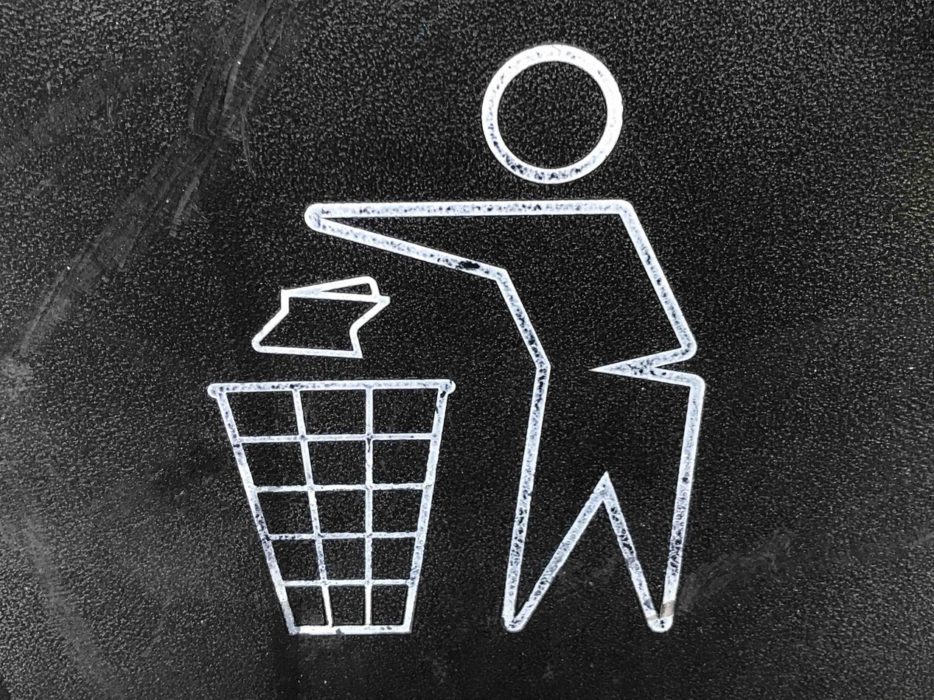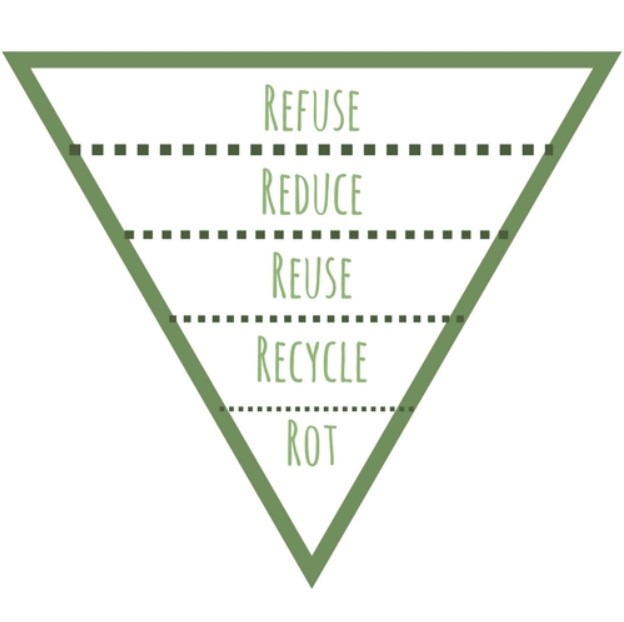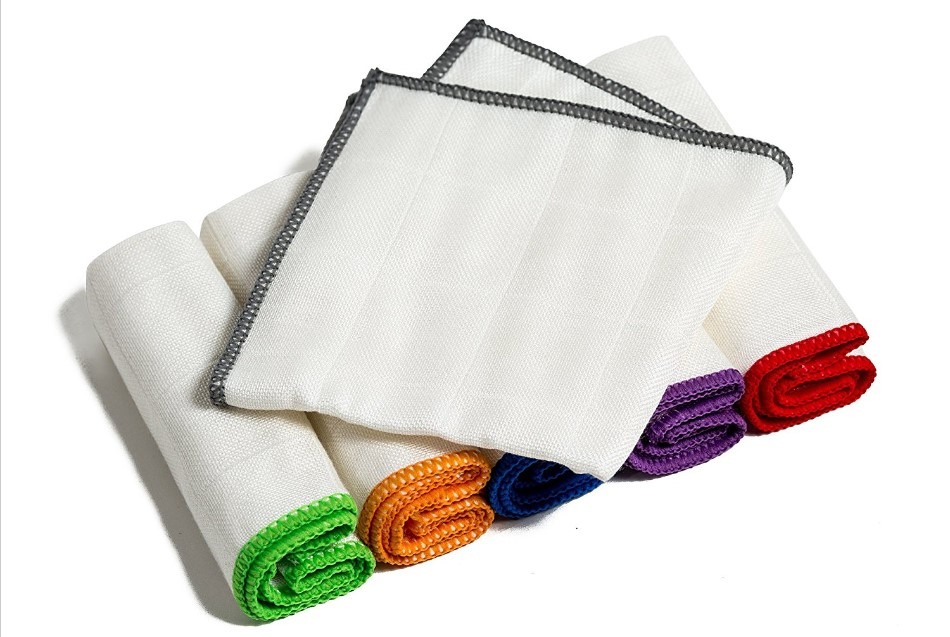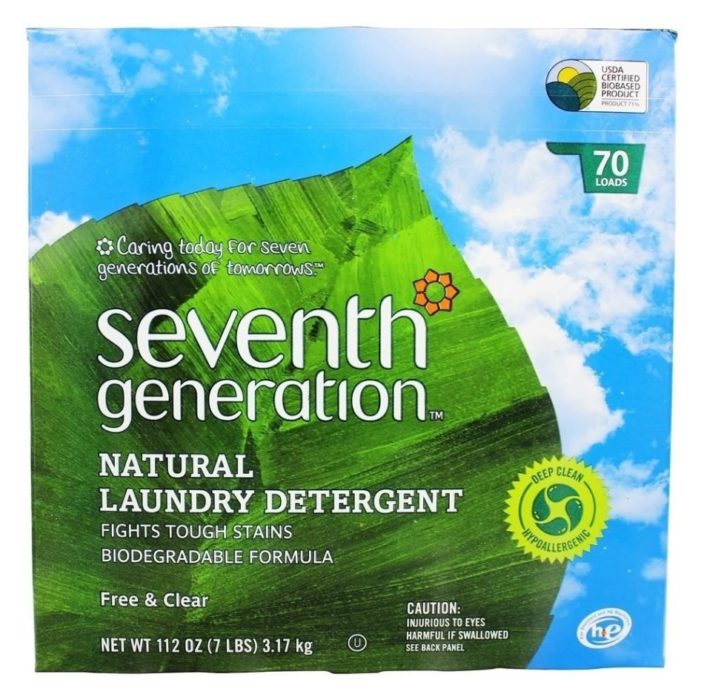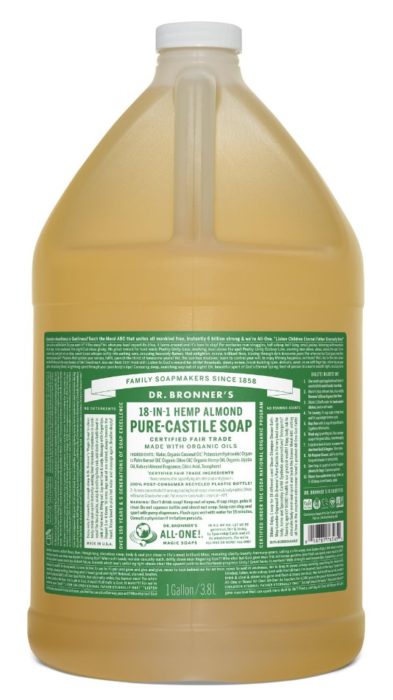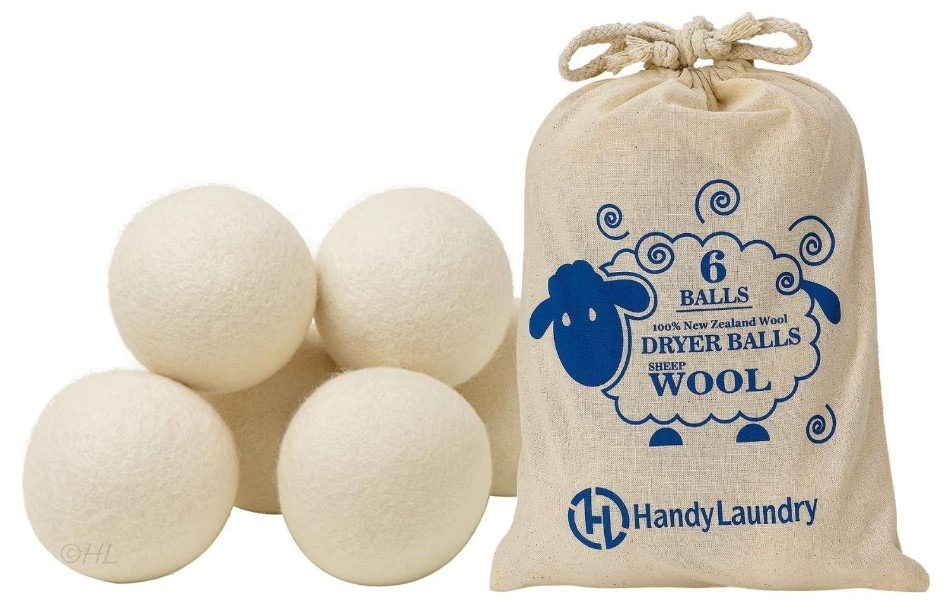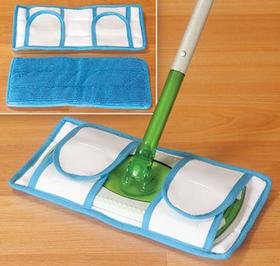Zero Waste seems to be a common buzzword these days and it’s used in many different contexts. But what does it actually mean? If you’ve done just one Google search about how to reduce waste, you could find a few different definitions. According to the EPA, businesses and municipalities often set their own standard for what going zero waste means. For some, it means that 90% of waste is diverted away from the landfill. For others, a zero waste lifestyle is simply a set of principles that guide their purchasing and materials management habits.
Is a Zero Waste Lifestyle Actually Attainable?
If you keep digging, you will likely come across individuals such as Bea Johnson who wrote Zero Waste Home or bloggers like Lauren Singer of Trash is for Tossers, who have each made careers out of their zero waste lifestyles. You may also find zero waste extremest who have sworn off the consumer lifestyle and live a minimalist life that may seem out of reach or frankly, undesirable.
However, regardless of how the term is interpreted, one thing is for sure: The zero waste mindset recognizes the unsustainable practices of consumption today and seeks to develop an alternative model that is economically, socially, and environmentally sustainable. This model rejects the idea that materials are simply disposable and adopts the perspective that materials are resources.
Have mindfulness towards your resources.
A zero waste lifestyle emphasizes that while we typically only see the final product, hundreds of thousands of resources go into the creation, distribution, consumption, and disposal of those products and they should not be recklessly wasted. Zero waste living encourages people to view materials from a life-cycle perspective. For instance, instead of seeing food as low-cost item that can be discarded if unwanted, when viewed from a life-cycle perspective, it is more because of the energy, water, and resources used to grow, process, and ship it.
Zero waste living can be a valuable tool for anyone looking to reduce waste. However, for the skeptics out there, it is important to note what zero waste living is not.
[content_band bg_color=”#afe486″ border=”all”] [container] [custom_headline style=”margin: 0;” level=”h4″ looks_like=”h4″ accent=”true”]The zero waste lifestyle is not an attempt to reject our current economic system. It does not require someone to avoid conveniences of modern day advancements or to live off of the grid. It does not require you to be a “hippie” or an “environmentalist”. And zero waste living does not have to be all or nothing.[/custom_headline] [/container] [/content_band]
Rather, the zero waste mindset is for anyone looking to reduce their bills, their environmental footprint, or be more socially responsible.
It is a way to continue to stimulate the economy through purchasing long-lasting, durable products and support alternative markets. It encourages everyone to be more mindful of their impact and allows for any level of behavior change, whether large or small.
If you are interested in adopting the zero waste lifestyle, continue reading for tips on how to reduce waste.
Benefits of Reducing Waste
The zero waste lifestyle isn’t just about environmental mindfulness, it’s benefits will show up in other parts of your life. In the next three sections we talk about the Economic, Health, and Environmental benefits that occur when you reduce waste at home.
Economic Benefits to Reducing Waste
Reduce your monthly trash bill:
If you’re able to cut the amount of waste thrown away or even recycled, you could reduce or eliminate curbside trash pickup services. If you have curbside pickup, talk with your hauler about reducing the sizes of your bins. Don’t have curbside pickup and you take waste to the dump? Reduction is an instant savings for you.
Reduce your grocery bill:
The National Resource Defense Council estimated that Americans throw away ¼ of the food they purchase. Being more mindful about your food consumption can mean big savings on your grocery bill. Be sure to read below on how to reduce food waste.
Reduce your grocery bill (even more):
If you avoid foods that come heavily packaged, you are likely purchasing fruits, veggies, or food in bulk. These are some of the least expensive foods in the store. AND some stores even offer you a discount when you bring in your own reusable bags. Additionally, if you are using durable items, such as a water bottle and filter, instead of purchasing bottled water you will save even more.
Support the local economy:
It is a misconception that reducing waste will negatively impact the economy because people are buying less. The Toronto Environmental Alliance estimates that reducing, reusing, and recycling has the potential to create 10 times more jobs than through disposal alone. Continuous reuse and repair boosts jobs in those markets and can actually create a more sustainable local economy. The EPA’s even sited in their 2016 Recycling Economic Information ReportWaste Audit that recycling could generate $6.7 billion in local and state revenue.
Health Benefits to Reducing Waste
Reduce your waist:
Take a moment to picture a typical grocery store. What items have the least amount of packaging? Fruits and vegetables. Even some meats come minimally packaged. Now, which items have the most packaging? Chips, candy, drinks, quick & ready meals, frozen foods, etc. By simply trying to reduce your waste, you will be eating healthier, and could ultimately end up reducing your waist too.
Cleaner environment:
Reducing waste means that less garbage ends up in the landfill which means cleaner air, water, and land. But less waste also reduces emissions upstream from production and transportation of goods. Cleaner air and water mean less asthma, bacteria, and heavy metal buildup in our bodies, resulting in healthier communities.
Environmental Benefits of Reducing Waste
No New Friends (I mean Materials):
Investing in durable and reusable products eliminates the need to continuously harvest, mine, or drill for new materials. Not only does this conserve our non-renewable resources, but it also reduces the heavy emissions associated with the production and manufacturing of new products.
Recycling reduces emissions:
According to Project Drawdown, recycling an aluminum can reduces emissions associated with production by 95%.
Reduce harmful effects of landfills:
Landfills are deep pits where waste gets buried over time. They produce toxic leachate that could runoff and pollute rivers or drinking water; they emit methane, a greenhouse gas that contributes to climate change; and they are often located in low income areas placing the environmental burden on the disenfranchised.
Reduce emissions associated with recycling & composting:
While these options are much better than the landfill, the municipal recycling and composting processes are extremely resource intensive. By avoiding excess waste in all forms (recycling and food waste included) you can reduce emissions, energy, and water use all around.
How to Reduce Your Waste
If you’re ready to reduce your waste but are not sure where to start, follow these steps. This will give you a better idea of how much waste you produce, which products will be easy to replace with durable items, and help you set reasonable goals to cut down on your waste.
1. Research what can be recycled or composted in your area.
It is important to know exactly what you can and cannot recycle in your area. Recycling non-recyclable items causes major problems for the industry. And doing this actually increases emissions because those items are hauled to the recycling facility, sorted, then eventually hauled back to the landfill (where it should have ended up in the first place). This will also help you know what items to avoid. If it can’t be reused or recycled, avoid it. [/icon_list_item][/icon_list]
The “I want to be recycled” campaign and website has a search engine tool that will help you find a recycling center near you, along with local recycling policies.
2. Assess your waste (your recycling and compost too).
This is an important step. We all can become detached from our waste because once we put it the bin, it gets hauled off and we never see it again. By holding onto your waste and taking a closer look at what you toss, you will see patterns emerge. Those patterns are where you want to focus your attention. Here are some ways to properly assess the waste you are producing.
[icon_list] [icon_list_item style=”color: green;” type=”check-circle-o”]Option 1: Conduct a full waste audit. Collect your garbage, recycling, and compost for one week (yes, recycling and compost are waste too). Be sure you collect the waste you produce at work and on the go as well. At the end of that week, weigh each bag. Then sort the contents of each bag into categories. You can download this (Excel) spreadsheet to help guide you. Once you know what you toss most frequently, you can set goals on what you should reduce. After a while, reassess your waste to see if you’ve made progress.[/icon_list_item]
[icon_list_item style=”color: green;” type=”check-circle-o”]Option 2: Conduct a pre-waste audit. Go through every room of you home and make an inventory of the items that will produce waste. That list should identify what will end up as trash, recycling, or compost.[/icon_list_item][/icon_list]
3. Set a goal and prioritize.
Since you’ve assessed your waste stream, you know exactly what you can improve on. Don’t take it all on at once, but choose a few items to you want to prioritize each week. Reducing food waste at home is a great place to start.
4. Find replacements for what you typically reach for.
Reducing your waste doesn’t necessarily mean you need to give things up. Rather, find durable, reusable, and long-lasting alternatives to single-use products. Many practical replacements are listed in the next section.
5. Plan ahead
Reducing your waste is more about being mindful than anything else.Waste usually comes from convenience products that are meant to save us time. But by planning ahead on grocery trips or coffee runs, reducing your waste can be simple.
6. Remember the 5 R’s
We talk more often about Reduce, Reuse, and Recycle, but there are two steps in the process of limiting waste that are often left out- and they are crucial.
[icon_list] [icon_list_item style=”color: green;” type=”globe”]Refuse [what you do not need] [/icon_list_item]
[icon_list_item style=”color: green;” type=”globe”]Reduce [what you cannot refuse] [/icon_list_item]
[icon_list_item style=”color: green;” type=”globe”]Reuse [what you cannot reduce] [/icon_list_item]
[icon_list_item style=”color: green;” type=”globe”]Recycle [what you cannot reuse] [/icon_list_item]
[icon_list_item style=”color: green;” type=”globe”]Rot [compost the rest] [/icon_list_item][/icon_list]
How to Reduce Food Waste
1. Plan ahead.
Meal prepping is not just for those looking to get fit. Selecting and preparing your meals ahead of time will help you buy only what you need and reduce the urge to order out. You can choose to make the meals ahead of time or just plan each meal and make it that day. I prefer making my breakfast and lunches for the week on Sunday, but making dinners fresh each night.
2. Shop smarter.
Smart shopping is the first line of defense against food waste. There are a lot of zero waste products out there. Follow these steps to make the most of your grocery trip:
[icon_list] [icon_list_item style=”color: green;” type=”shopping-cart”]Make your list of meals for the week and write out each ingredient you will need.[/icon_list_item]
[icon_list_item style=”color: green;” type=”shopping-cart”]Check your fridge to make sure you don’t purchase what you already have.[/icon_list_item]
[icon_list_item style=”color: green;” type=”shopping-cart”]Don’t shop on an empty stomach. You may buy more than you need, be more impatient or impulsive.[/icon_list_item]
[icon_list_item style=”color: green;” type=”shopping-cart”]Be smart about sales. Just because it’s 5 for $10 doesn’t mean you need to buy all 5 if you don’t need it.[/icon_list_item]
[icon_list_item style=”color: green;” type=”shopping-cart”]Buy loose food instead of pre-packaged. Select exactly what you need and nothing more. Also, avoid all produce that comes with additional packaging.[/icon_list_item]
[icon_list_item style=”color: green;” type=”shopping-cart”]Purchase fresh food small and often. Produce can go bad quickly, so be sure not to purchase more than you will eat in a week.[/icon_list_item][/icon_list]
3. Keep it fresh.
Did you know bananas shouldn’t be stored in close proximity with other foods because they emit a gas that will ripen other produce? Check out this guide on how you should be storing your foods so they don’t spoil.
4. Eat what you buy.
Create a storage system in your fridge or pantry so that you rotate foods that need to be eaten first. Eat your leftovers for lunch or incorporate them into other meals. Place “Eat Me First” stickers on the foods that will perish the quickest.
5. Preserve the things you don’t eat.
If you know you won’t eat certain food items before they go bad, try preserving them. Here is a resource to help you learn.
6. Compost food that is not consumable.
For the food that you can’t save, be sure to compost it. If you don’t have curbside compost available, you can create your own compost bin. If you don’t have space for backyard compost, try saving your veggie scraps in the freezer and using them to make veggie stock.
7. Learn from your mistakes.
If you see that you have excess food that you’re not eating, take note, try to find the root of the problem, and fix it.
How to Reduce Waste at Home
Here are some common items found throughout your home that you can replace with reusable items to cut down on waste. We’ve given some suggestions on products that we’ve found that are worth the initial cost, and if you have anything you’d like us to add to this list- or zero waste products that you’ve found you can’t live without contact us and let us know.
In each table, click on the Product Example Images to view our suggestions for good low and zero waste products, and we’ve also added links to relevant articles.
If you’re on a smartphone or smaller screen, click on the green plus symbols to expand the table to view our suggestions.
Reduce Waste in the Kitchen
| Instead of This: | Use This: | Product Example: |
|---|---|---|
| [icon_list] [icon_list_item style="color: red;" type="times"]Plastic Wrap[/icon_list_item] [icon_list_item style="color: red;" type="times"]Aluminum Foil[/icon_list_item][/icon_list] | [icon_list] [icon_list_item style="color: green;" type="check"]Reusable Wax Wrap[/icon_list_item] [/icon_list] | 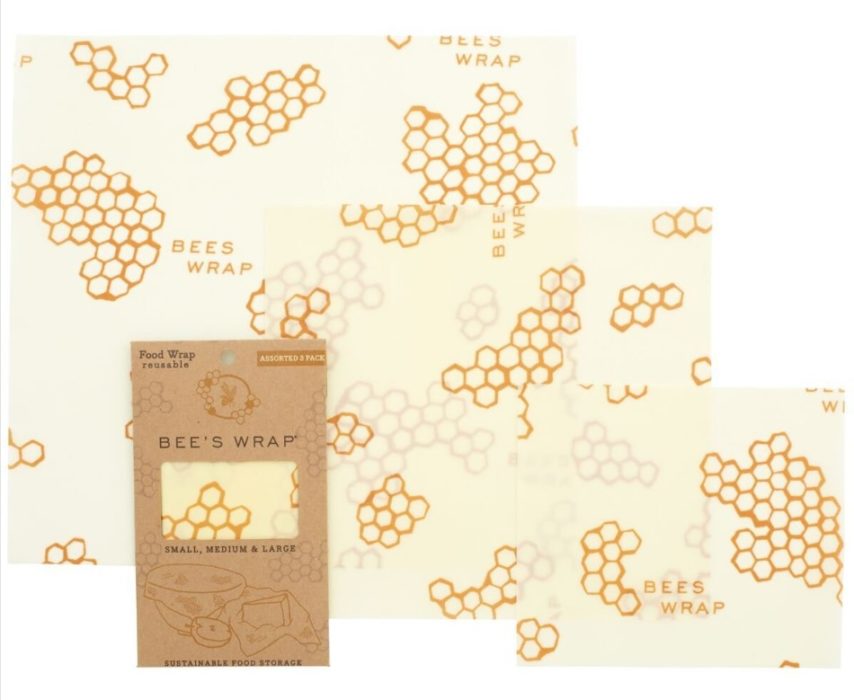 |
| [icon_list] [icon_list_item style="color: red;" type="times"]Plastic Scrub Brush[/icon_list_item] [icon_list_item style="color: red;" type="times"]Synthetic Sponges[/icon_list_item][/icon_list] | [icon_list] [icon_list_item style="color: green;" type="check"]Bamboo Handled Scrub Brush w/ Replaceable Head[/icon_list_item] [/icon_list] | 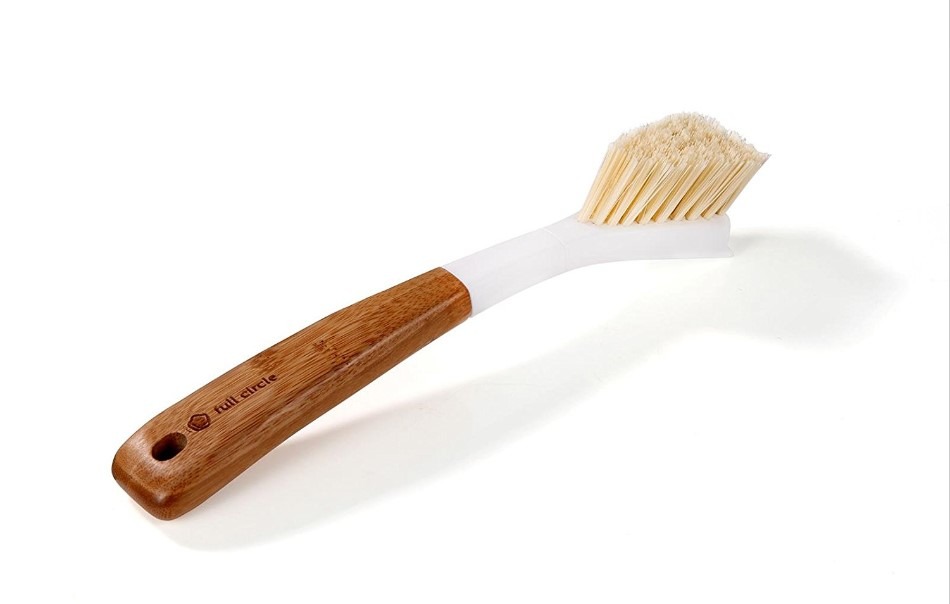 |
| [icon_list] [icon_list_item style="color: red;" type="times"]Paper Towels[/icon_list_item] [icon_list_item style="color: red;" type="times"]Paper Napkins[/icon_list_item][/icon_list] | [icon_list] [icon_list_item style="color: green;" type="check"]Cloth Towels[/icon_list_item] [icon_list_item style="color: green;" type="check"]Cloth Napkins[/icon_list_item][/icon_list] | 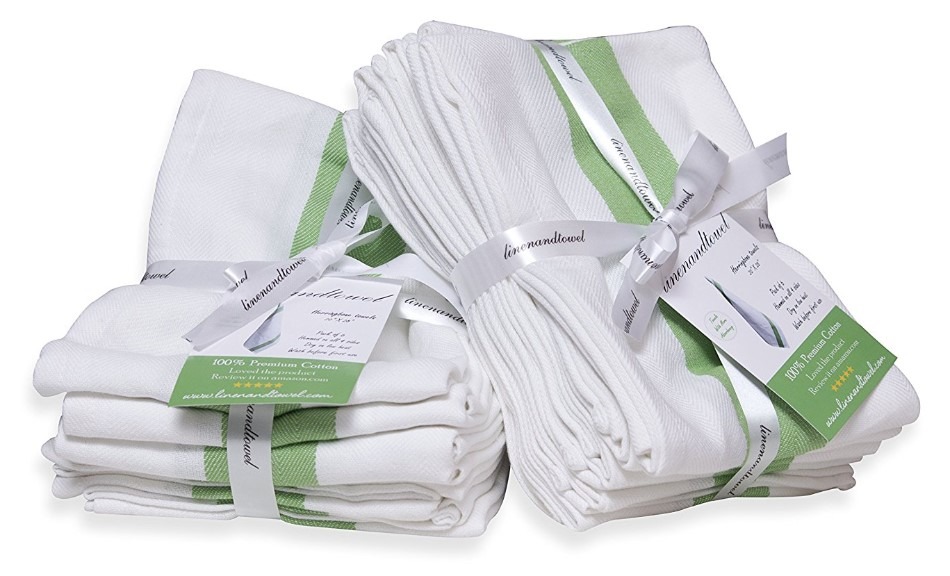 |
| [icon_list] [icon_list_item style="color: red;" type="times"]Pre-Packaged Spices[/icon_list_item] [icon_list_item style="color: red;" type="times"]Pre-Packaged Ingredients[/icon_list_item][/icon_list] | [icon_list] [icon_list_item style="color: green;" type="check"]Buy In Bulk[/icon_list_item] [icon_list_item style="color: green;" type="check"]Silicone Food Bags[/icon_list_item] [/icon_list] | |
| [icon_list] [icon_list_item style="color: red;" type="times"]Plastic Produce Bags[/icon_list_item] [icon_list_item style="color: red;" type="times"]Plastic Storage Bags[/icon_list_item][/icon_list] | [icon_list] [icon_list_item style="color: green;" type="check"]Cloth or Mesh Bags[/icon_list_item] [icon_list_item style="color: green;" type="check"]Glass Storage Containers[/icon_list_item] [/icon_list] | 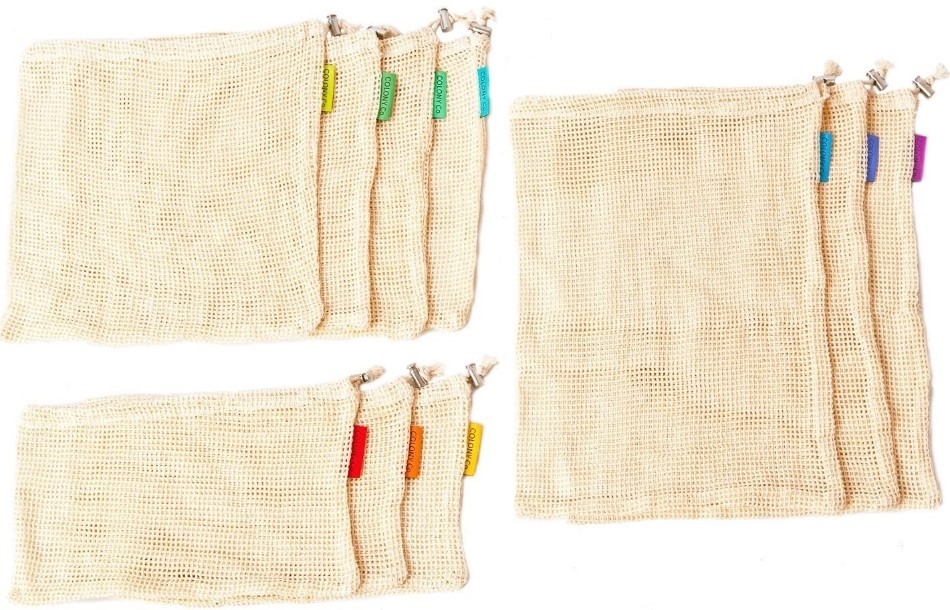 |
| [icon_list] [icon_list_item style="color: red;" type="times"]Bottled water[/icon_list_item] [/icon_list] | [icon_list] [icon_list_item style="color: green;" type="check"]Water Filter Pitcher[/icon_list_item] [icon_list_item style="color: green;" type="check"]Sink Water Filter[/icon_list_item] [/icon_list] |  |
| [icon_list] [icon_list_item style="color: red;" type="times"]Paper Coffee Filters[/icon_list_item][/icon_list] | [icon_list] [icon_list_item style="color: green;" type="check"]Reusable Coffee Filters[/icon_list_item] [/icon_list] | 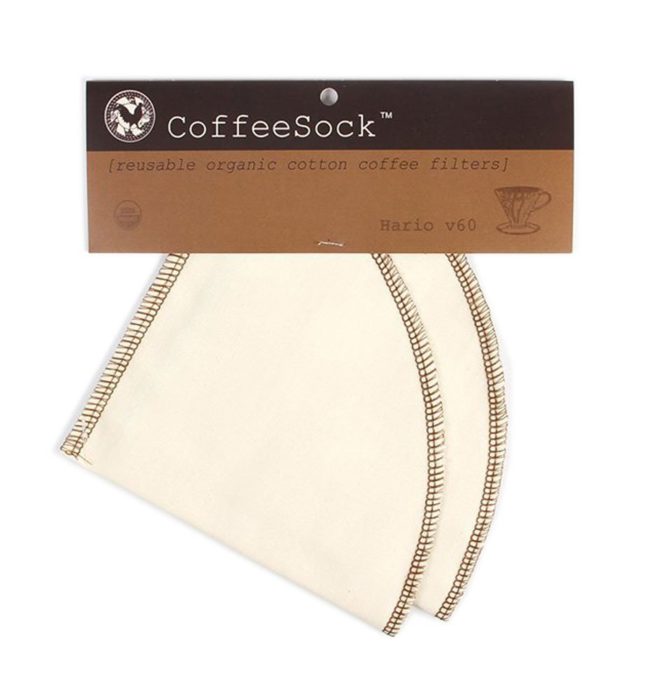 |
| [icon_list] [icon_list_item style="color: red;" type="times"]Individual Soaps[/icon_list_item] [/icon_list] | [icon_list] [icon_list_item style="color: green;" type="check"]Refillable Soaps[/icon_list_item] [/icon_list] |  |
| [icon_list] [icon_list_item style="color: red;" type="times"]Buying New[/icon_list_item][/icon_list] | [icon_list] [icon_list_item style="color: green;" type="check"]Used Plates & Utensils[/icon_list_item] [icon_list_item style="color: green;" type="check"]Used or Refurbished Appliances[/icon_list_item] [/icon_list] | 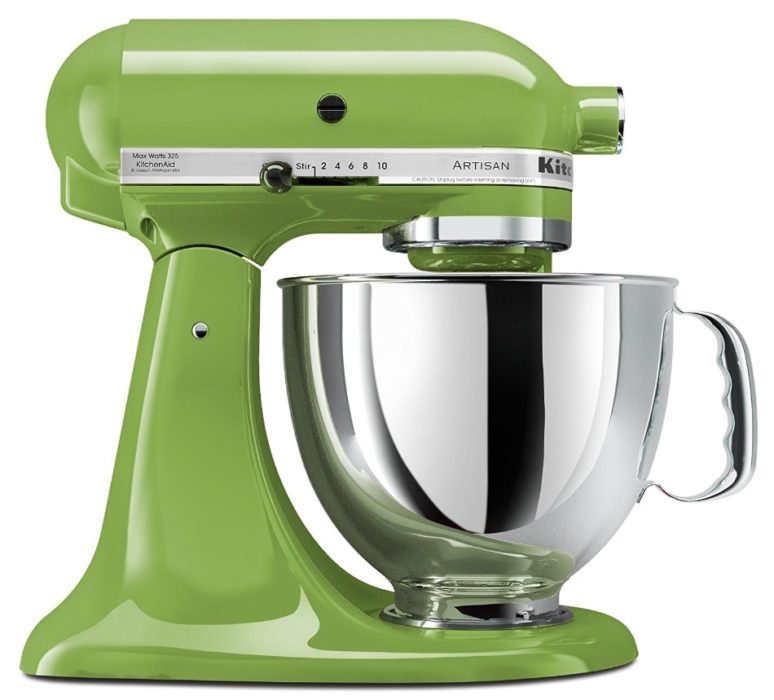 |
Reduce Waste in the Bathroom
| Instead of This: | Use This: | Product Example: |
|---|---|---|
| [icon_list] [icon_list_item style="color: red;" type="times"]Tampons[/icon_list_item] [icon_list_item style="color: red;" type="times"]Pads[/icon_list_item] [/icon_list] | [icon_list] [icon_list_item style="color: green;" type="check"]Menstrual Cup[/icon_list_item] [icon_list_item style="color: green;" type="check"]Reusable Pads[/icon_list_item] [/icon_list] | 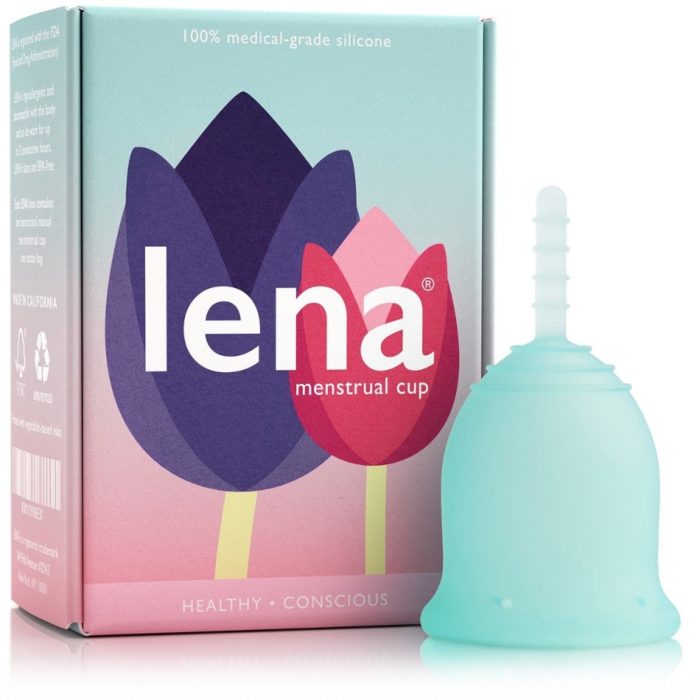 |
| [icon_list] [icon_list_item style="color: red;" type="times"]Traditional Toilet Paper[/icon_list_item] [icon_list_item style="color: red;" type="times"]Plastic Wrapped Toilet Paper[/icon_list_item] [/icon_list] | [icon_list] [icon_list_item style="color: green;" type="check"]Recycled Toilet Paper[/icon_list_item] [icon_list_item style="color: green;" type="check"]Paper Packaging[/icon_list_item] [/icon_list] | 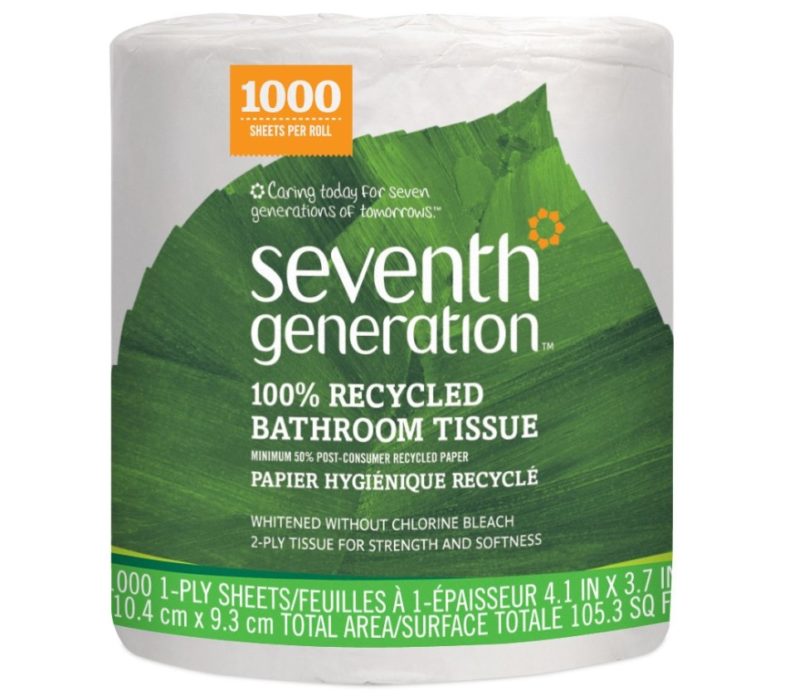 |
| [icon_list] [icon_list_item style="color: red;" type="times"]Toothpaste[/icon_list_item] [icon_list_item style="color: red;" type="times"]Mouthwash[/icon_list_item] [/icon_list] | [icon_list] [icon_list_item style="color: green;" type="check"]Try a Homemade Recipe[/icon_list_item] [icon_list_item style="color: green;" type="check"]Watch a DIY Video[/icon_list_item] [/icon_list] | 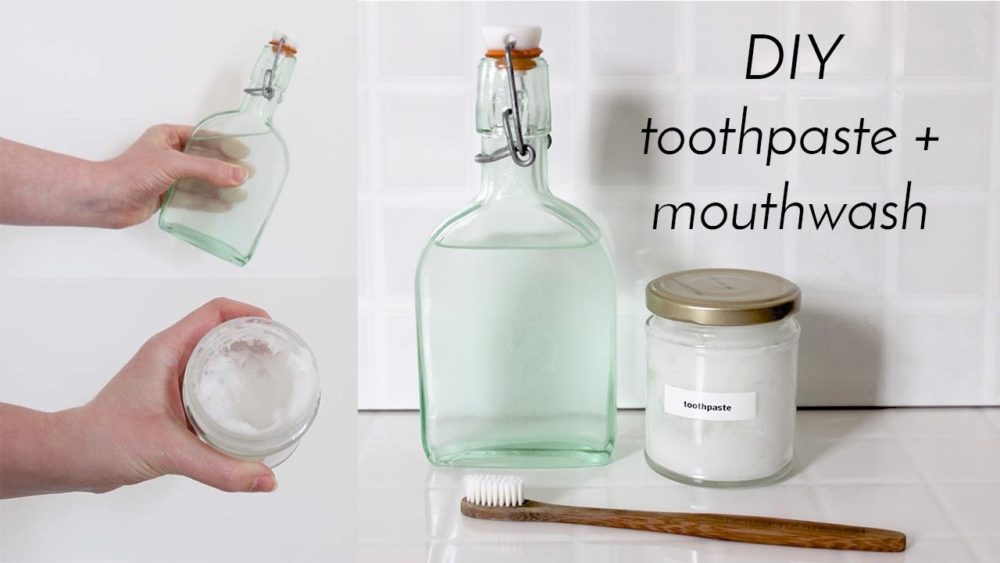 |
| [icon_list] [icon_list_item style="color: red;" type="times"]Throwing out Empty Shampoos, Conditioners[/icon_list_item] [/icon_list] | [icon_list] [icon_list_item style="color: green;" type="check"]Buy Refills in Larger Sizes[/icon_list_item] [/icon_list] | 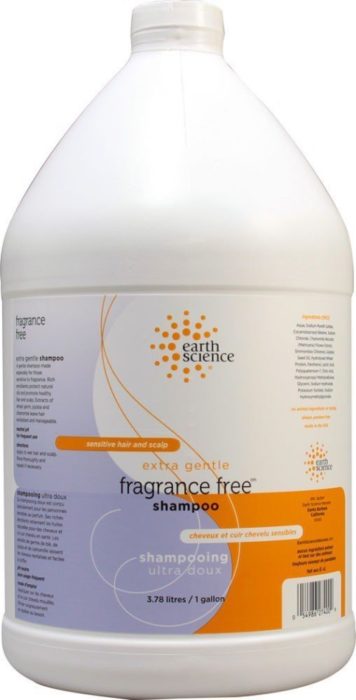 |
| [icon_list] [icon_list_item style="color: red;" type="times"]Soap Dispensers[/icon_list_item] [/icon_list] | [icon_list] [icon_list_item style="color: green;" type="check"]Natural Bar Soap[/icon_list_item] [/icon_list] | 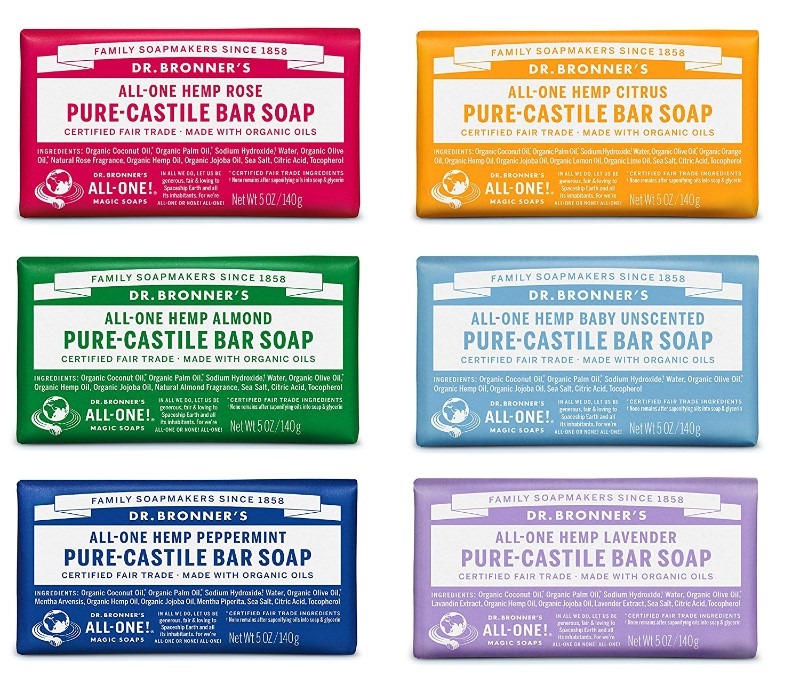 |
| [icon_list] [icon_list_item style="color: red;" type="times"]Cotton Rounds[/icon_list_item] [icon_list_item style="color: red;" type="times"]Disposable Makeup Wipes[/icon_list_item] [/icon_list] | [icon_list] [icon_list_item style="color: green;" type="check"]Cloth Makeup Wipes[/icon_list_item] [/icon_list] | 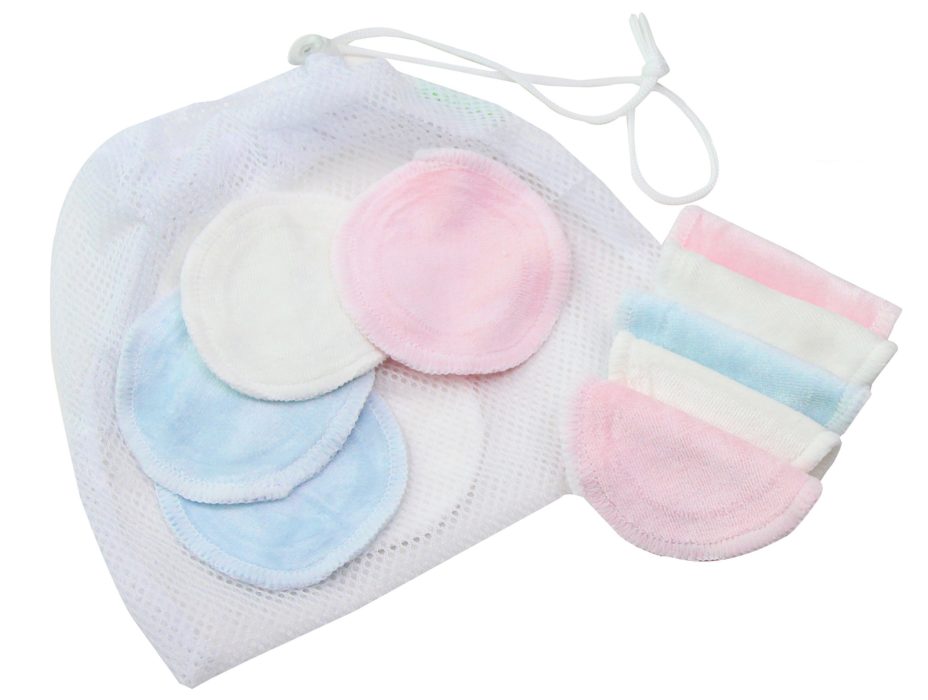 |
| [icon_list] [icon_list_item style="color: red;" type="times"]Plastic Toothbrush[/icon_list_item] [/icon_list] | [icon_list] [icon_list_item style="color: green;" type="check"]Bamboo Toothbrush (compostable)[/icon_list_item] [/icon_list] | 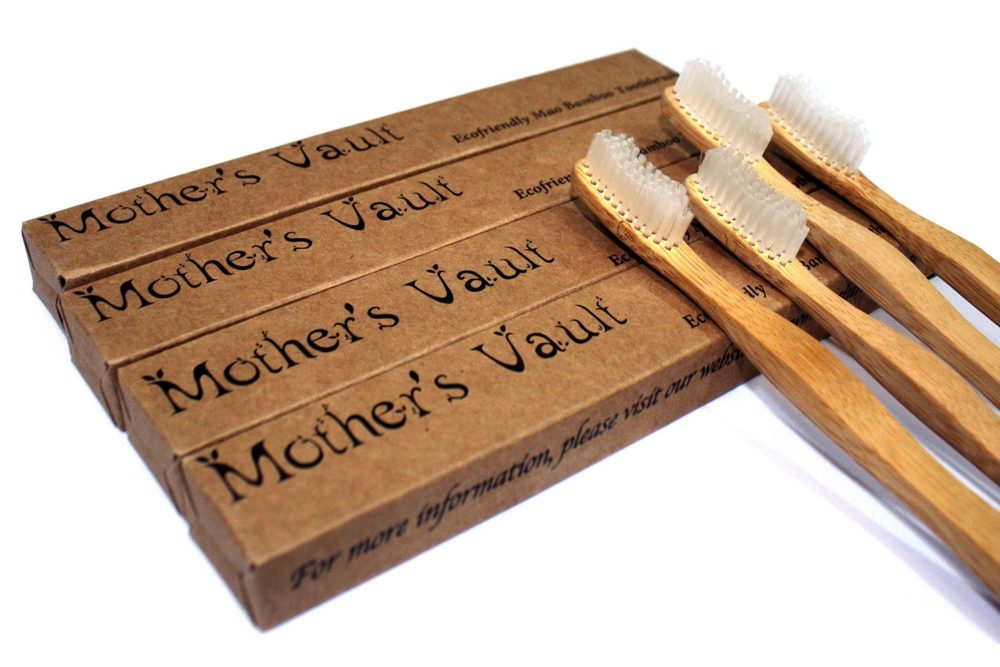 |
| [icon_list] [icon_list_item style="color: red;" type="times"]Disposable Wipes[/icon_list_item] [/icon_list] | [icon_list] [icon_list_item style="color: green;" type="check"]Cloth Wipes[/icon_list_item] [/icon_list] | 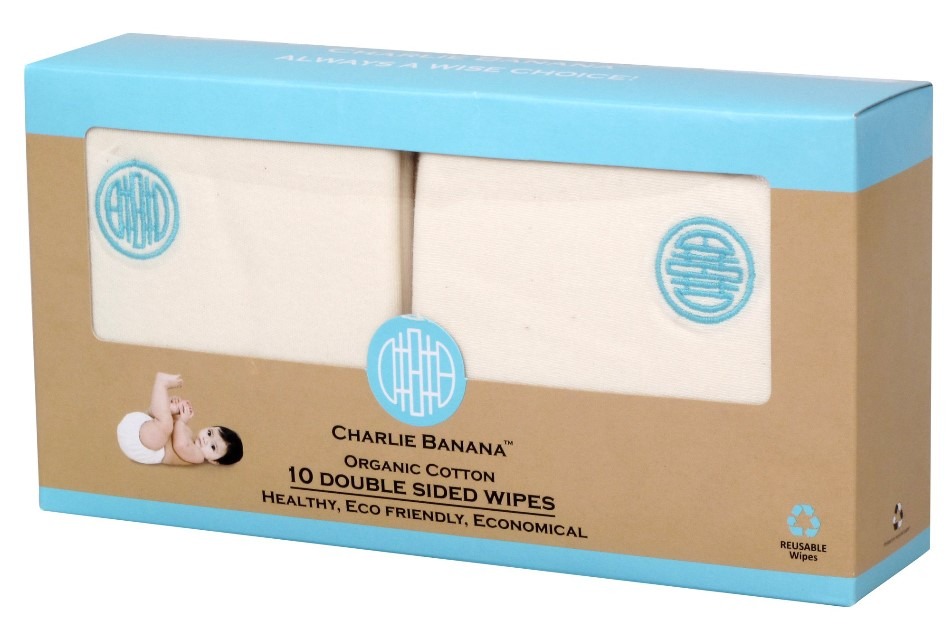 |
| [icon_list] [icon_list_item style="color: red;" type="times"]Floss[/icon_list_item] [/icon_list] | [icon_list] [icon_list_item style="color: green;" type="check"]Dental Lace[/icon_list_item] [/icon_list] | 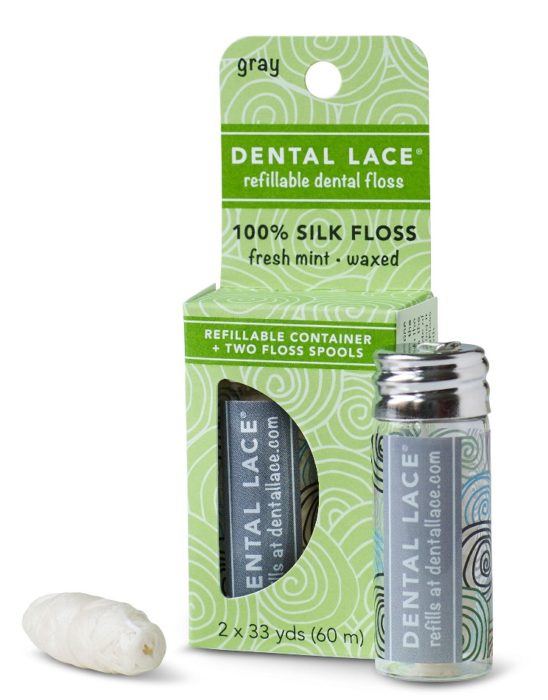 |
| [icon_list] [icon_list_item style="color: red;" type="times"]Throwing Out Empty Lotion Bottles[/icon_list_item] [/icon_list] | [icon_list] [icon_list_item style="color: green;" type="check"]Make Your Own Lotion[/icon_list_item] [icon_list_item style="color: green;" type="check"]Watch a DIY Video[/icon_list_item] [/icon_list] | 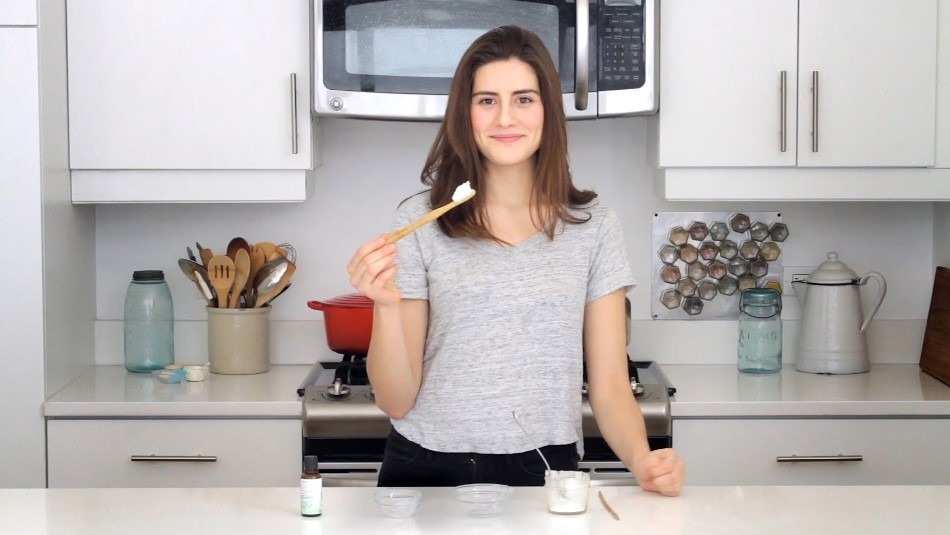 |
Reduce Waste While Cleaning
Reduce Waste On the Go
| Instead of This: | Use This: | Product Example: |
|---|---|---|
| [icon_list] [icon_list_item style="color: red;" type="times"]Disposable Coffee Cups[/icon_list_item] [/icon_list] | [icon_list] [icon_list_item style="color: green;" type="check"]Travel Mug[/icon_list_item] [icon_list_item style="color: green;" type="check"]Tumbler[/icon_list_item] [/icon_list] | 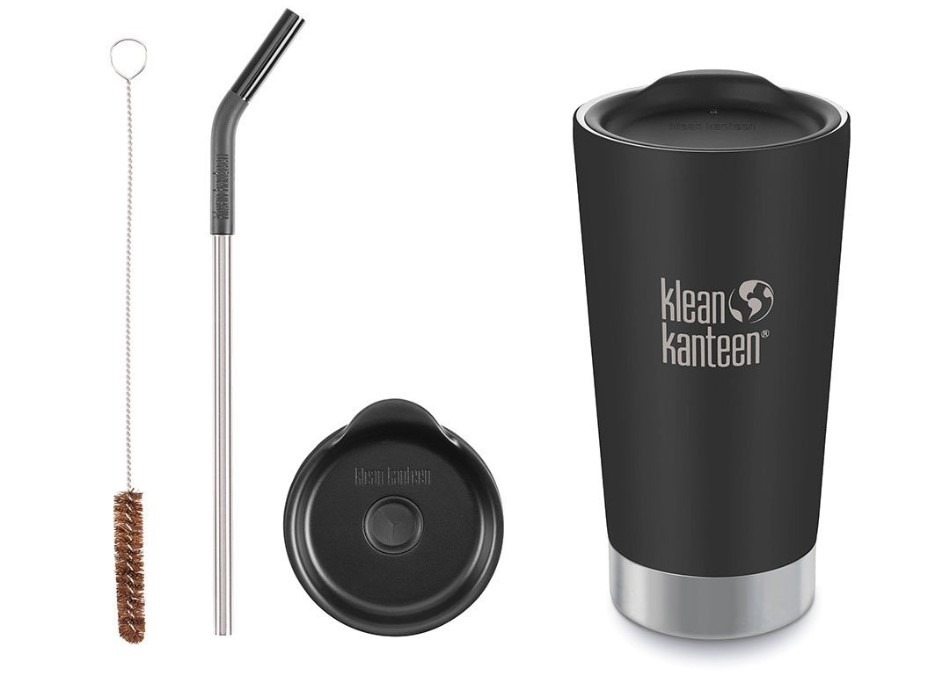 |
| [icon_list] [icon_list_item style="color: red;" type="times"]Bottle Water[/icon_list_item] [/icon_list] | [icon_list] [icon_list_item style="color: green;" type="check"]Reusable Water Bottle[/icon_list_item] [/icon_list] | 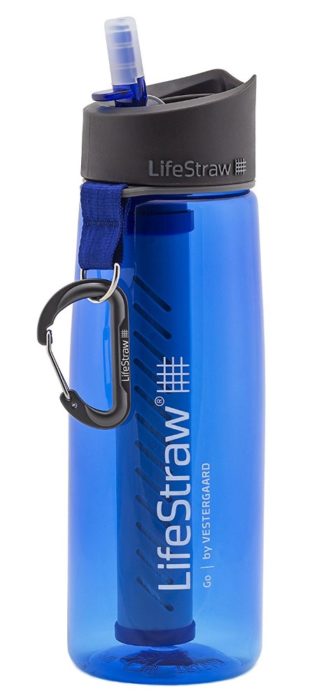 |
| [icon_list] [icon_list_item style="color: red;" type="times"]Plastic Bags[/icon_list_item] [icon_list_item style="color: red;" type="times"] Paper Sacks[/icon_list_item] [/icon_list] | [icon_list] [icon_list_item style="color: green;" type="check"]Reusable Lunch Bags[/icon_list_item] [icon_list_item style="color: green;" type="check"]Reusable Shopping Bags[/icon_list_item][/icon_list] | 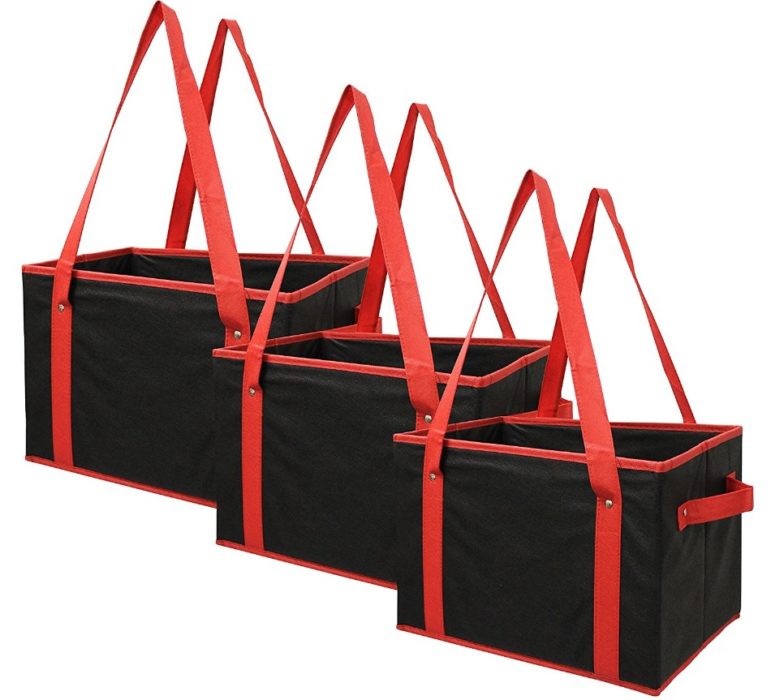 |
| [icon_list] [icon_list_item style="color: red;" type="times"]Ziploc Bags Bags[/icon_list_item] [/icon_list] | [icon_list] [icon_list_item style="color: green;" type="check"]Reusable Sandwich Bags[/icon_list_item] [/icon_list] | 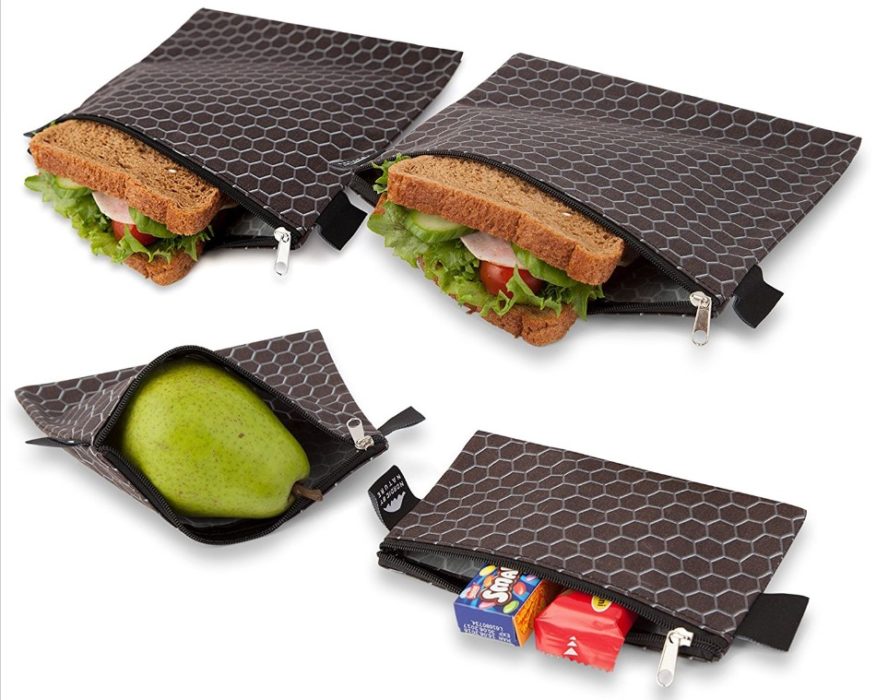 |
| [icon_list] [icon_list_item style="color: red;" type="times"]Plastic Utensils[/icon_list_item] [/icon_list] | [icon_list] [icon_list_item style="color: green;" type="check"]Bamboo Utensils[/icon_list_item] [icon_list_item style="color: green;" type="check"]Stainless Steel Utensils[/icon_list_item] [/icon_list] | 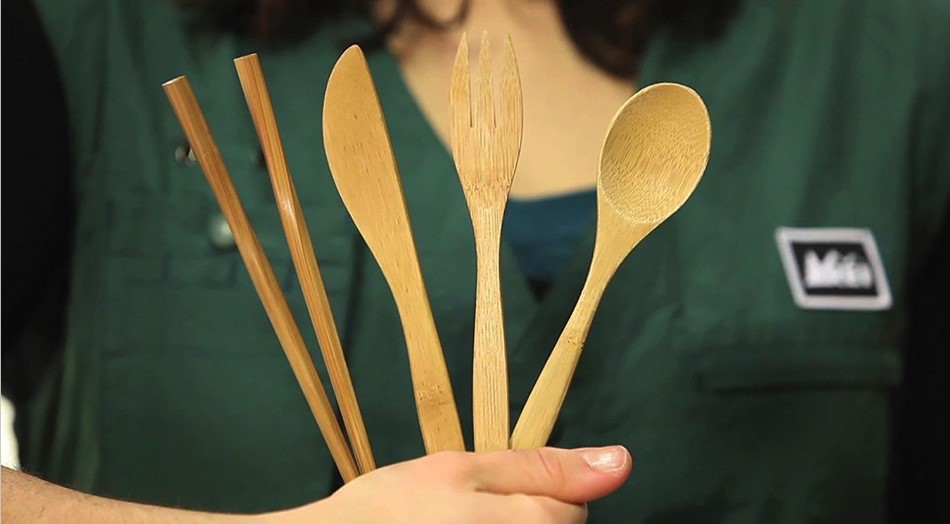 |
| [icon_list] [icon_list_item style="color: red;" type="times"]To-Go Containers for Leftovers[/icon_list_item] [/icon_list] | [icon_list] [icon_list_item style="color: green;" type="check"]Bring Your Own Glassware[/icon_list_item] [/icon_list] | 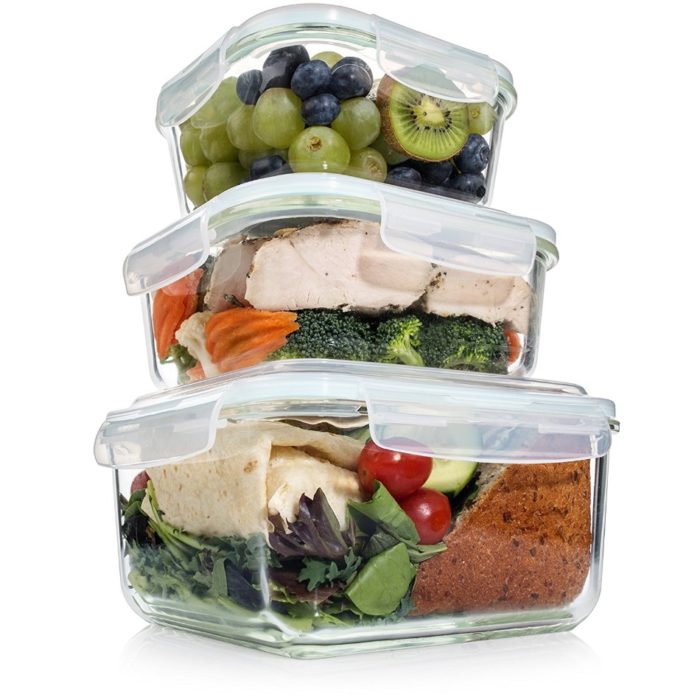 |

